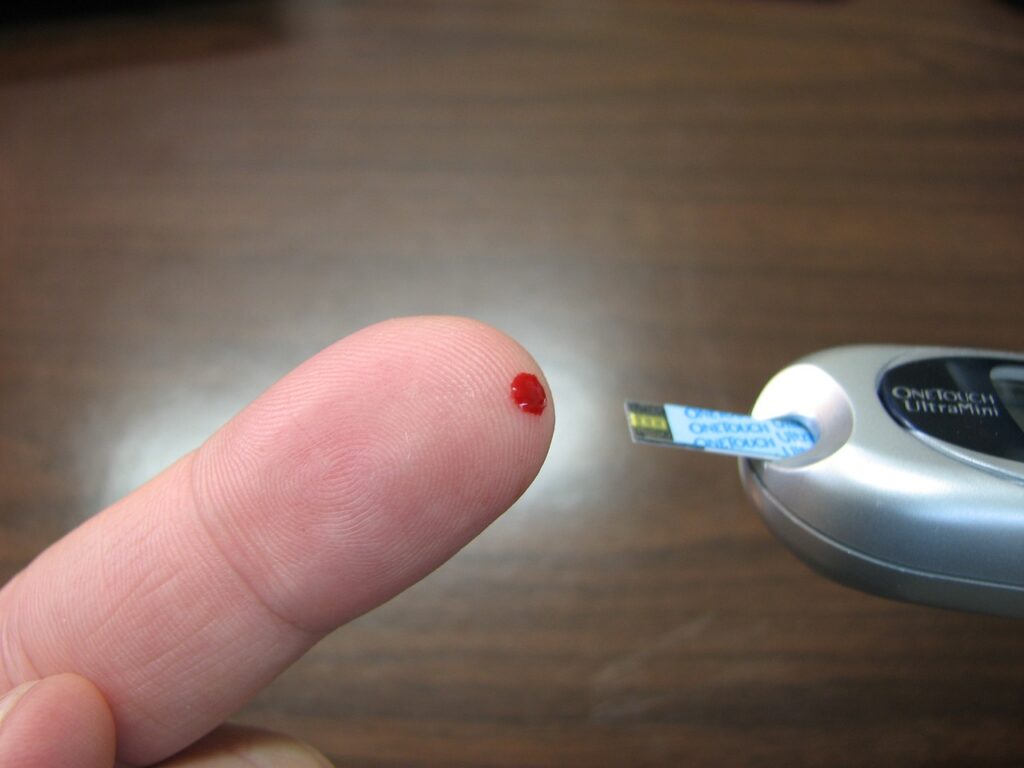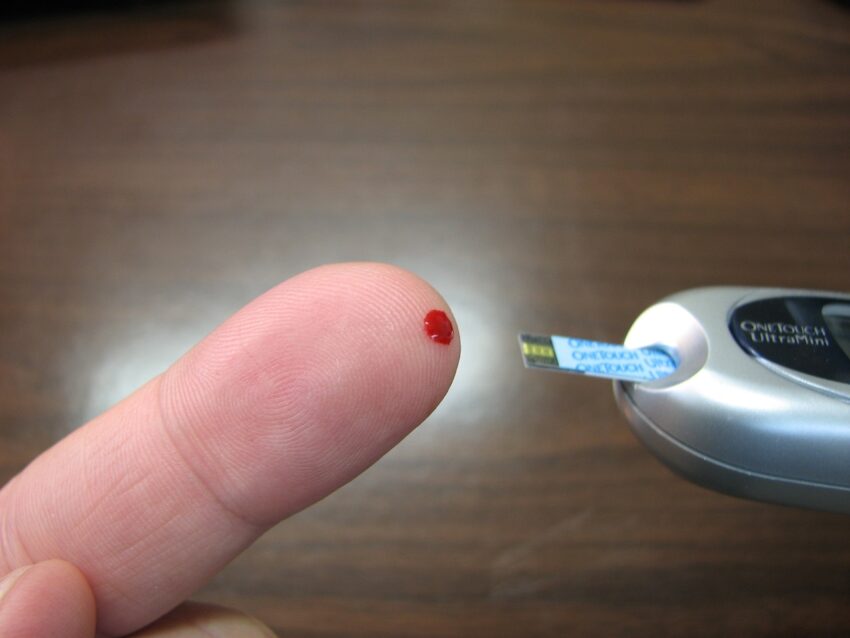Being told that you have diabetes, or even, that you are pre-diabetic can be a bit of a shock to the system, possibly because it’s a condition that holds some mystery. Let’s face it, ask any ordinary man (or woman) in the street, the question, ‘what is diabetes’, it’s likely that (unless they were diabetic themselves) they couldn’t explain it very well. They would possibly mumble something about sugar, and insulin but that’s where the answer might begin – and end.

And don’t be fooled, it doesn’t just affect overweight, mature unhealthy adults. You can be affected at any age, and whilst health and lifestyle do play a part, anyone no matter what size they are can succumb to it.
WHAT EXACTLY IS DIABETES
It’s a condition where someone has too much glucose in their blood. Glucose is a type of sugar, so that is the sugar connection that people talk about. The blood sugar levels in your body are controlled by insulin which is produced in your pancreas. When someone has diabetes, they are either not producing this insulin naturally, OR the insulin that is being produced is not working properly to control the sugar levels, which means there might be a build-up of too much sugar in your blood.
WHY IS DIABETES DANGEROUS
Diabetes is a serious, lifelong condition, and if it is not controlled or treated, can cause kidney disease, heart disease, and damage to blood vessels and nerve endings. The high glucose levels can cause real damage, even to your eyes, resulting in loss of vision.
WHAT IS THE DIFFERENCE BETWEEN TYPE 1 and TYPE 2
Type 1 is more dangerous, but thankfully less common than Type 2.
Type 1 diabetes is thought of as an autoimmune disease. Your body attacks its own insulin-producing cells and destroys them. Your pancreas shuts down completely and stops producing any insulin at all, meaning that the glucose can quickly rise in your blood leading to those life-threatening diseases. Type 1 diabetes is not typically caused by an excessive lifestyle or unhealthy eating, as is the case with Type 2.
Type 2 is more common than Type 1 but can be more easily controlled and treated.
Unfortunately, lifestyle is a huge contributing factor to those suffering from Type 2 Diabetes, and in fact, even for those who are diagnosed as being ‘pre-diabetic’, the insulin being produced by the pancreas might not work properly, or it may be reduced, and be insufficient. The pre-diabetic state can present itself 5/6 years before gradually developing into definite Type 2.
Unlike Type 1, which is an autoimmune disease, Type 1 diabetes is mainly attributable to diet and lifestyle, with obesity accounting for over 80% of the diabetes risk factor. We are becoming a nation of fast food lovers, and the quick fix takeaway, as well as mindless snacking on carb-laden foods, all accompanied by sugary drinks. Yes, there are other factors as well, such as stress, and family history, but Type 2 diabetes is mainly caused by lack of exercise and an unhealthy diet.
HOW CAN YOU REDUCE YOUR RISK
It’s not all gloom and doom. With some fine-tuning and easily managed changes to your lifestyle, you can reduce the risk, and also the likelihood of pre-diabetes developing into full-blown Type 2.
To cut your risk, calculate your BMI ( body mass index). A healthy BMI should be somewhere between 18.5 and 24.9 and it is key to reducing the risk of diabetes.
Do more exercise, this will help regulate your blood sugar levels, do at least 150 minutes of moderate activity a week. A brisk walk in the fresh air is easily achievable.
Watch your alcohol intake. Alcohol can lower your body’s sensitivity to insulin, a potential risk, leading to Type 2 diabetes
Increase your consumption of pulses, beans, whole grains and vegetables, and healthy fats such as avocados.
Reduce how much sugar you take, not only in your drinks but also in cakes, biscuits, jams etc. There are hidden sugars in foods that are marketed as being healthy, like yogurt and protein drinks. Always read the labels.
HOW TO TREAT IT
Ideally, it’s best to try and avoid prescription medication to treat Type 2 diabetes. Try self-healing first, via diet, exercise, and changing your lifestyle habits. Reduce your calorie intake, and you could join a slimming club that will support you and give good advice on losing weight. As a last resort, you may be prescribed blood-glucose-lowering metformin.
IT’S NOT ALL GLOOM AND DOOM
Type 2 diabetes is very much a lifestyle disease, so you simply have to adjust your lifestyle to control it. You can still enjoy life, good food, and treats, but just in moderation. Less is more in the world of diabetes. Simple changes can make all the difference.

